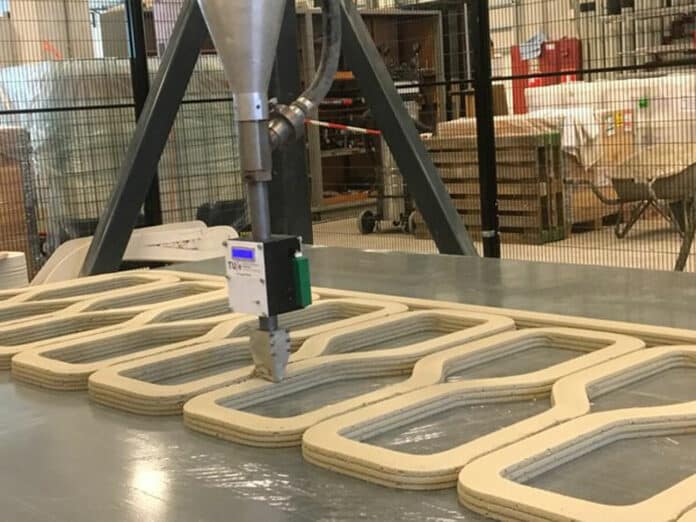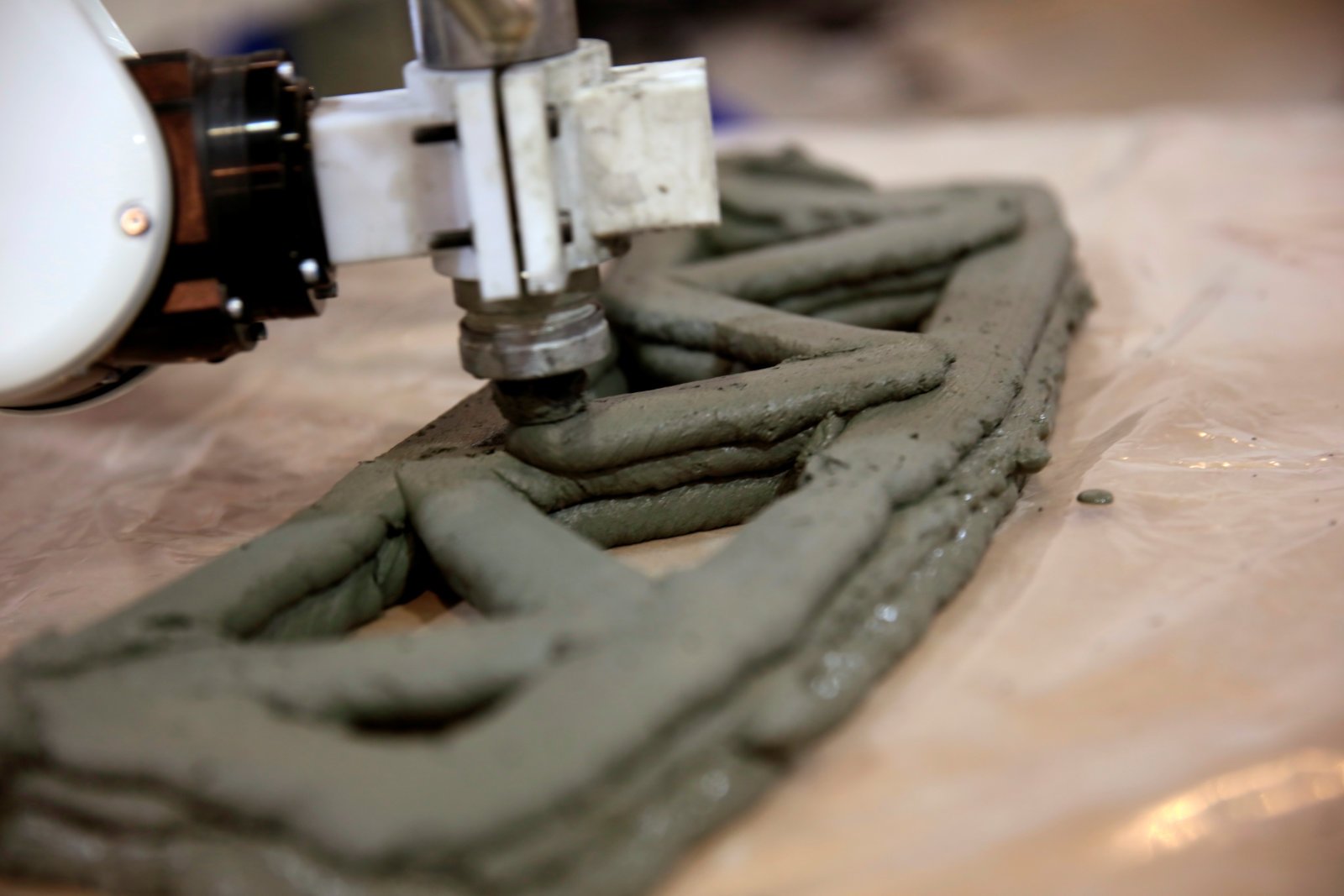3D printing nowadays covers everything from small plastic projects to large projects, including aircraft. Now, scientists at the Eindhoven University of Technology in the Netherlands make use of it in a completely new manner. Scientists have started manufacturing 3D-printed bridges through reinforced concrete.
As scientists reported, it is the first bridge to use 3D-printed, reinforced concrete. It is anticipated that the bridge construction will start in September. To get to the point where the 3D printed parts were considered reliable, scientists primarily built a 1:2 scale model, which was able to hold 2,000kg.
This 3D-printed bridge will use far less concrete than pouring it into molds. Although, the printer deposits only the concrete where it is needed. There’s also more freedom of design, as a 3D printer can fabricate shapes that are much harder to produce with a mold.
It is expected that the bridge elements will be printed and ready within two months. In September, the company will put the bridge in place in the Noord-Om, a new section of the ring road around the village of Gemert, where the company is also using other new innovative building techniques.
Scientists also developed a process to print the steel reinforcement at the same time. While laying a strip of concrete, the concrete printer adds a steel cable. Through it, the bridge becomes ‘pre-stressed’, and no tensile stress occurs in the concrete. This is something that concrete is not able to cope with adequately.

